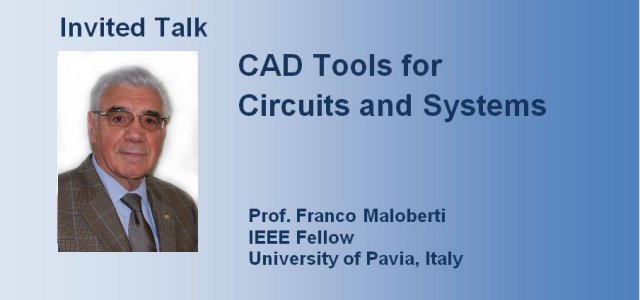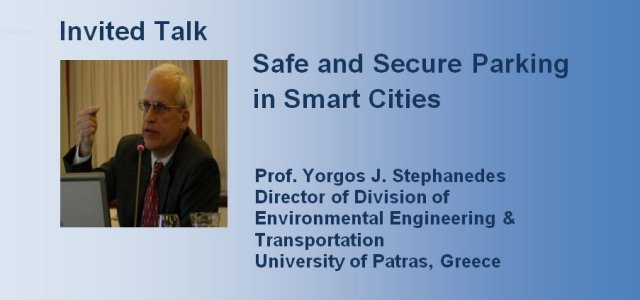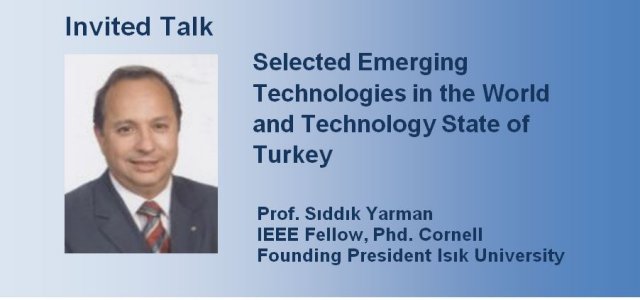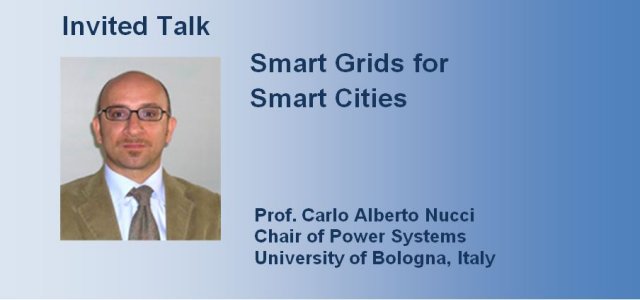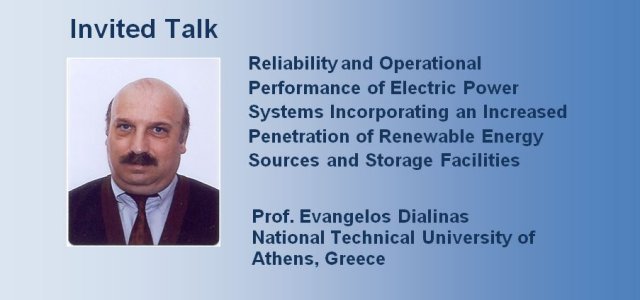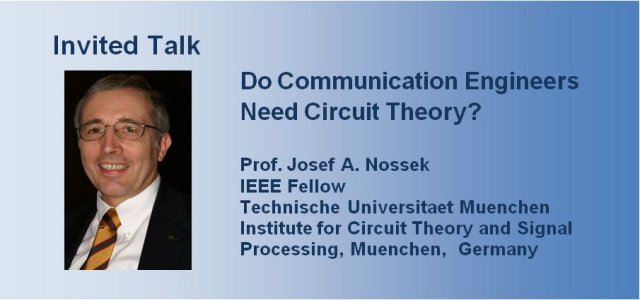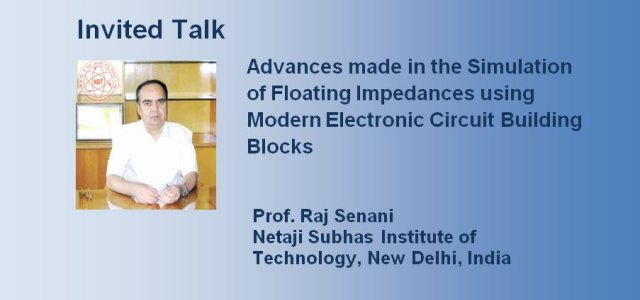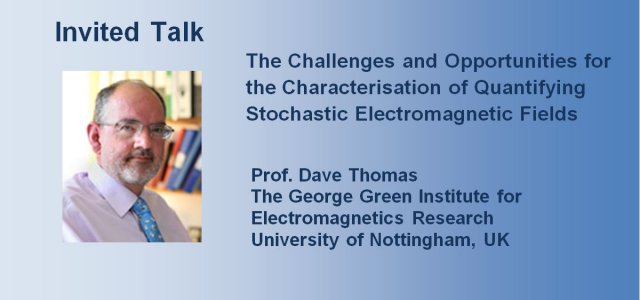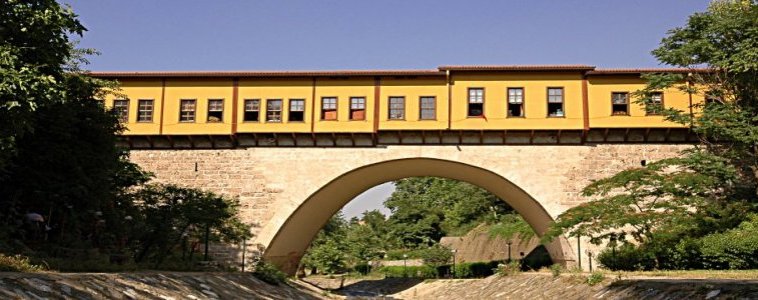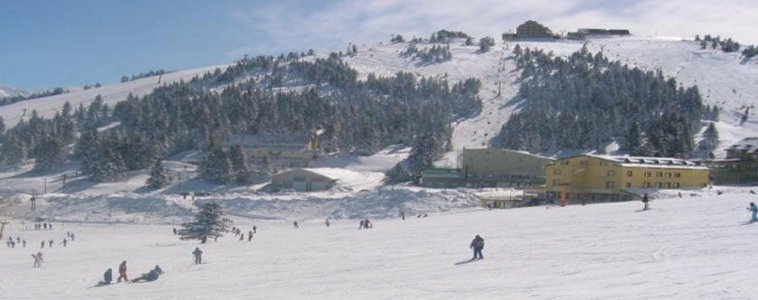
Do Communication Engineers Need Circuit Theory?
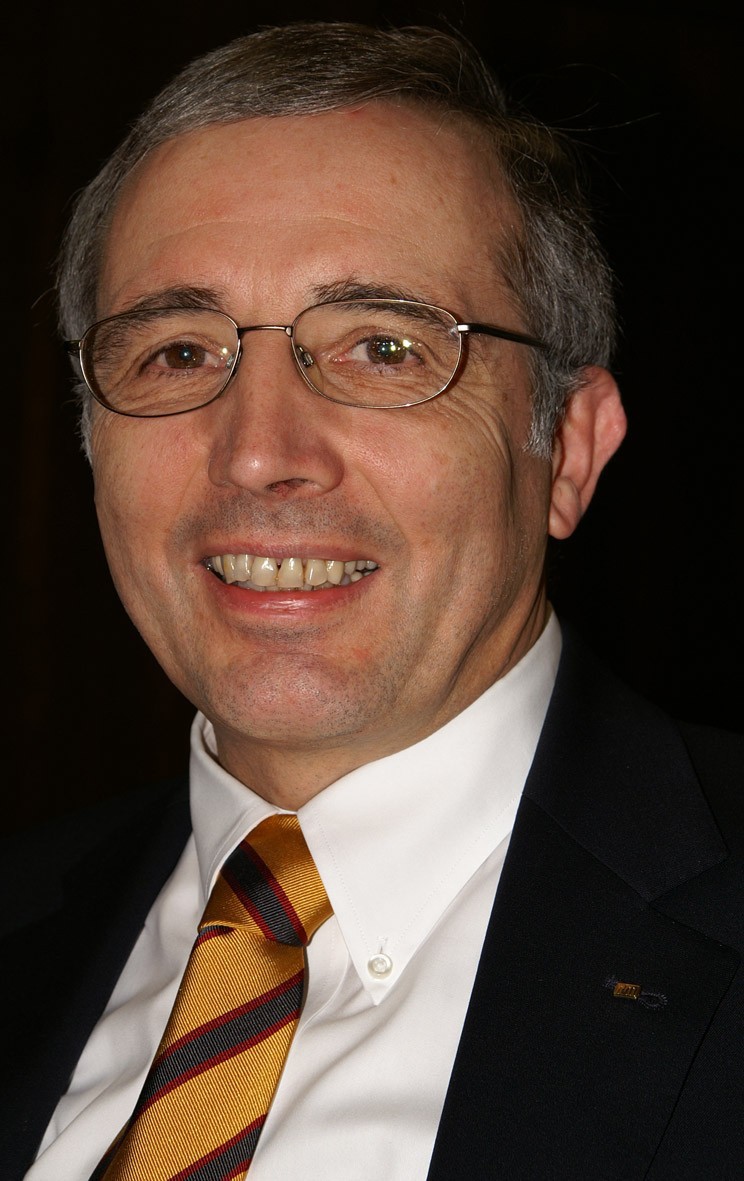
by Prof. Josef A. Nossek
Technische Universitaet Muenchen,
Institute for Circuit Theory and Signal Processing,
Muenchen, Germany
http://www.nws.ei.tum.de/
E-mail: josef.a.nossek@tum.de
Do communication and information engineers get the physics right in their models? Do the basic model structures adequately translate physical reality? These are the central questions which will be addressed in this lecture.
The high level of abstraction taken by information theory makes it a very versatile and powerful tool for the analysis and optimization of communications systems. But information theory has no concept of the flow of energy that accompanies the flow of information. Therefore, some important aspects of communication systems such as transmit power or noise covariance can by no means be straightforwardly mapped from the information theoretic context to technical reality. An effective method will be presented to complement information theory with such a mapping by applying classical circuit theory. This allows correct assessment of the energy flow in a communication system and thereby enables an information theoretic analysis and optimization which is consistent with the underlying physics. After developing appropriate circuit theoretic channel models, the potential performance of multi-antenna communication systems will be analyzed and surprising new results and insights will be revealed. Besides the study of channel capacity, new limits for transmit and receive antenna array gain are also derived.
All the new results have been obtained with the application of classical circuit theory which extends the mathematical theory of communications to engineering science.
Biography:
The research activities of Prof. Nossek (b. 1947) are focused on signal processing, particularly in relation to technical and physical boundary conditions, which play a major role in mobile communication. He is especially interested in multi-antenna systems and their use for hot spots in conurbations, for instance.
After studying electrical engineering at TU Vienna, Prof. Nossek did his doctorate there in 1980 in cooperation with Siemens AG in Munich. He worked for Siemens up to 1989 and held several positions there, including Head of the Radio Systems Design Department and a member of senior management. He has been a full professor at TUM since 1989. He has worked as a visiting professor at the University of California at Berkeley, TU Vienna and Pazmany University Budapest. Prof. Nossek is a fellow of the IEEE, Vice President of the VDE and a member of acatech (German National Academy of Science and Engineering).
